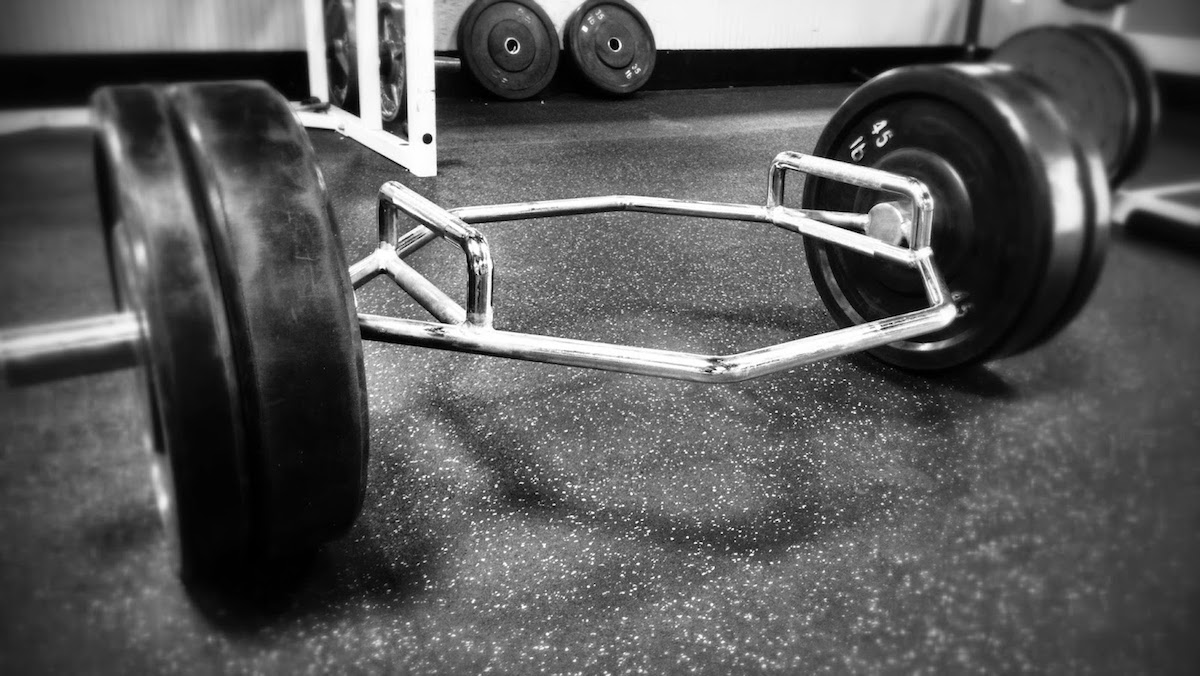The transversus abdominus (TrA) has been a muscle linked to lower back pain (LBP) for a great many years. Advocates feel that LBP may cause, or may result from, an inability to recruit this muscle properly. The result of this is a real focus on core exercises that help to teach individuals to better recruit their TrAs. I’ve never been a real fan of core training for higher benefits, I have not found that the literature supports the injury prevention/performance enhancement benefits of core training – though I concede to doing it for vanity. Himes et al in the November issue of the Journal of Strength and Conditioning Research examine whether subjects with LBP use their TrA differently than healthy subjects during the performance of the side bridge exercise. To determine this, the authors studied 23 patients with recurrent LBP and compared them to 24 healthy patients.
The study involved several steps. First, teaching the drawing in maneuver to teach the subjects to recruit their TrA. Second, the subjects in the study were analyzed performing five progressions of the side bridge exercise. During each progression, the activation of the TrA was studied by measuring its thickness (i.e. its change in length) via imaging. The thickness during contraction was divided by the resting thickness to give a TrA activation ratio.
The authors did not find a statistically significant difference between the two groups (healthy vs. LBP) and their activation of the TrA. Now, there was a difference of between 3 and 11% between the groups (at each progression for the exercise, the LBP group had a smaller change in length of the TrA), but this was not statistically significant.
Conclusions about these results need to be made with caution. It is very possible that nonspecific LBP does not develop from or result in changes to the functioning of the TrA. It is possible that the side bridge exercise doesn’t do a very good job of recruiting the TrA, so it may not be the appropriate exercise to be used to measure this. The TrA may be the kind of muscle that doesn’t change length very much, period, given its role in holding in the contents of the abdomen, so expecting it to change in length as a result of an exercise may not be appropriate. A final possibility is that taking the time to teach the drawing in maneuver may have corrected any TrA deficiencies that the LBP population had. In this paper, the authors take great care to avoid taking any polarizing stances on the results of the study.
Himes, M.E., Selkow, N.M., Gore, M.A., Hart, J.M., and Saliba, S.A. (2012). Transversus abdominus activation during a side-bridge exercise progression is similar in people with recurrent low back pain and healthy controls. Journal of Strength and Conditioning Research, 26(11): 3106-3112.




